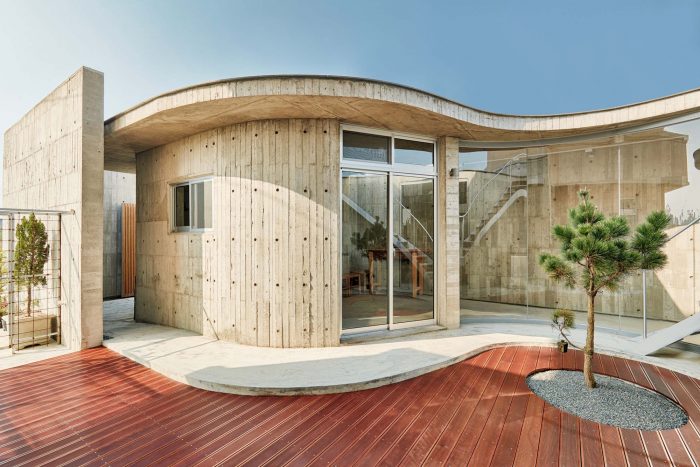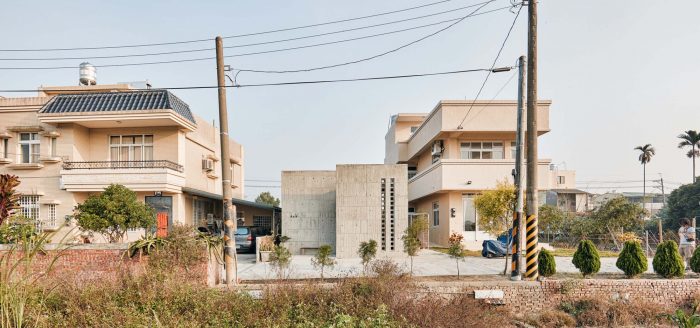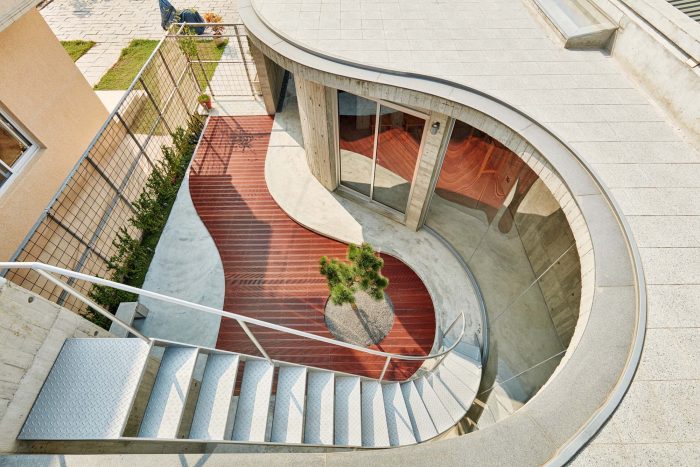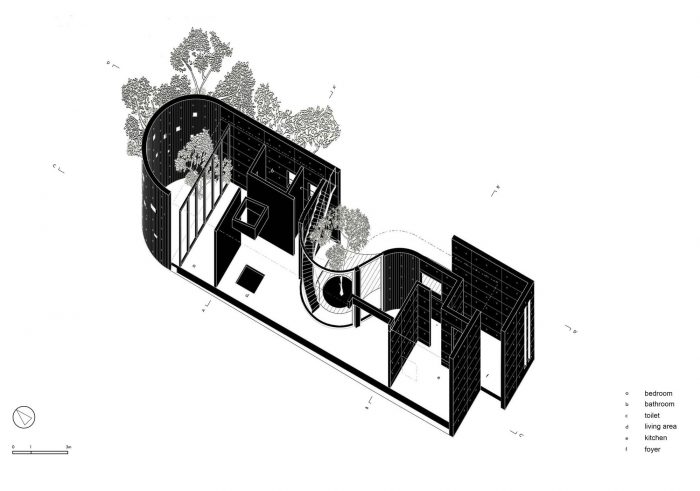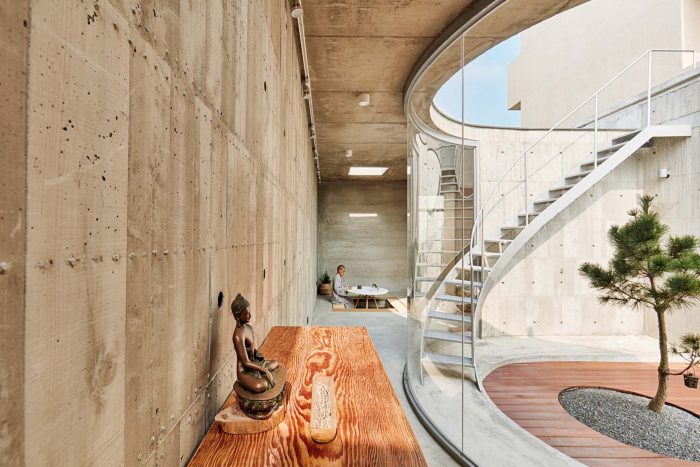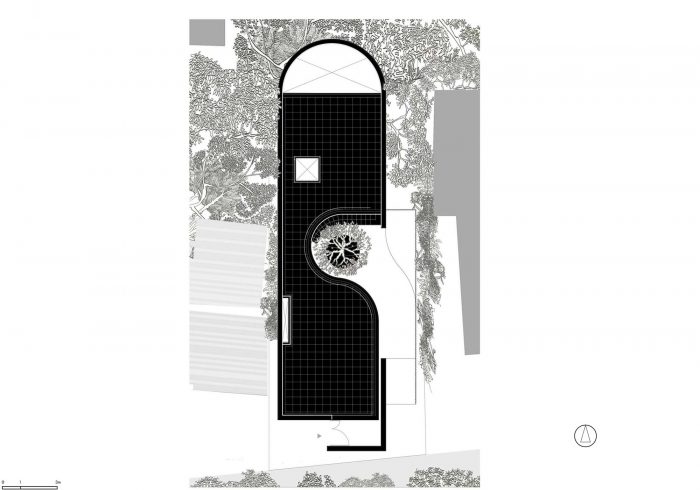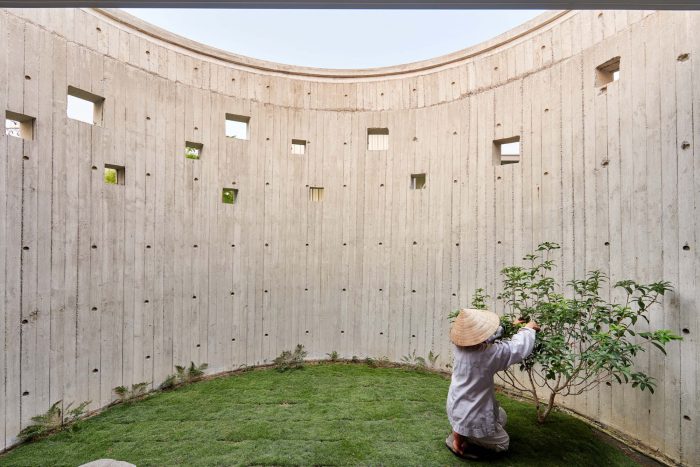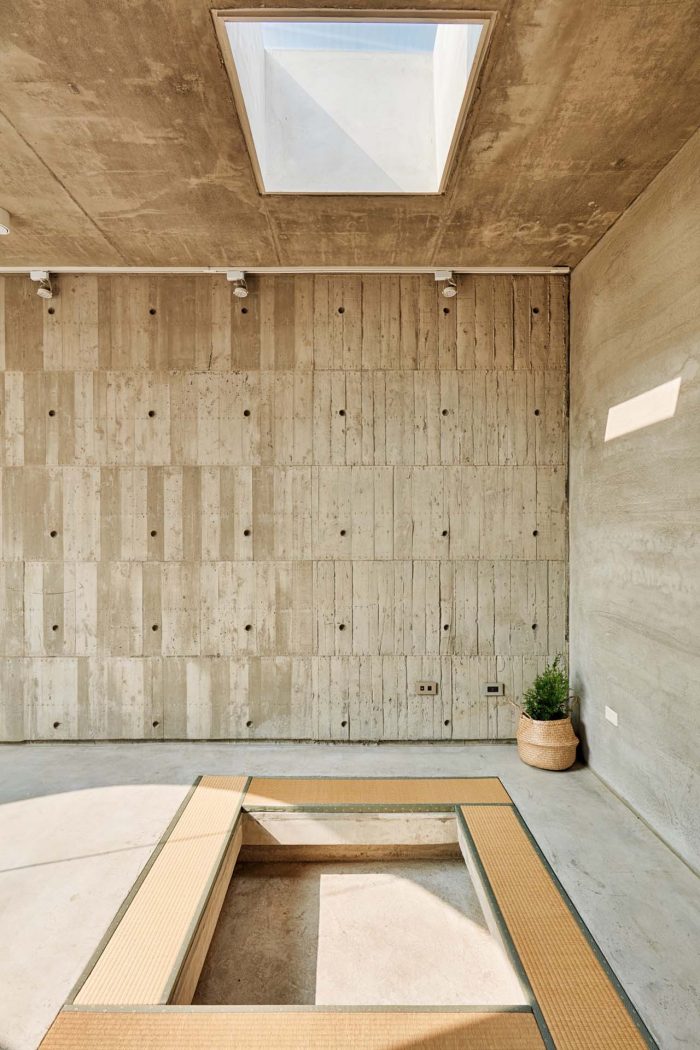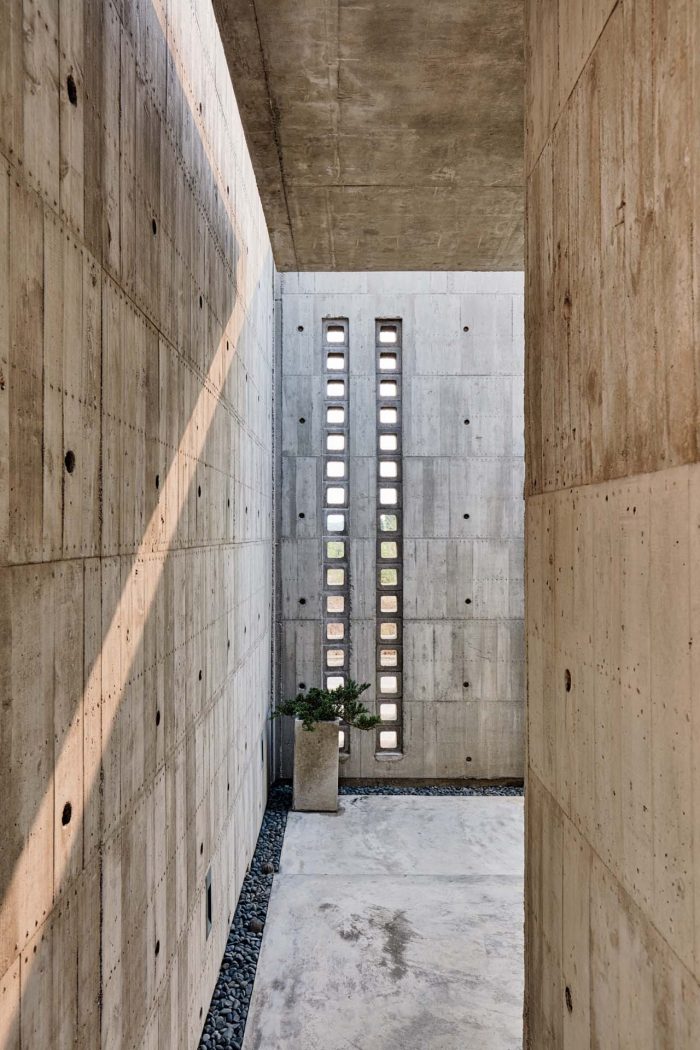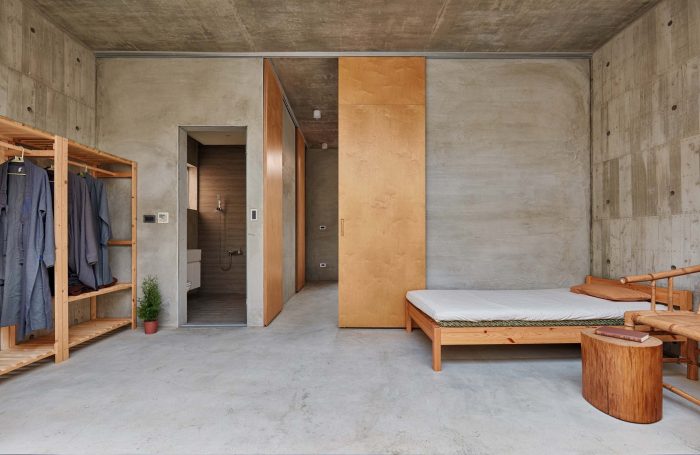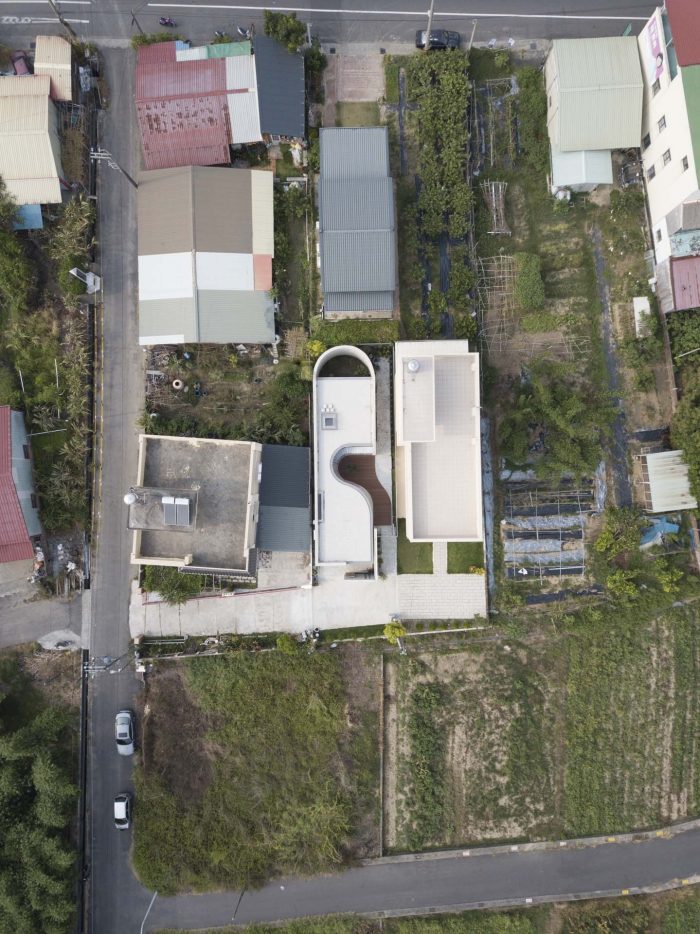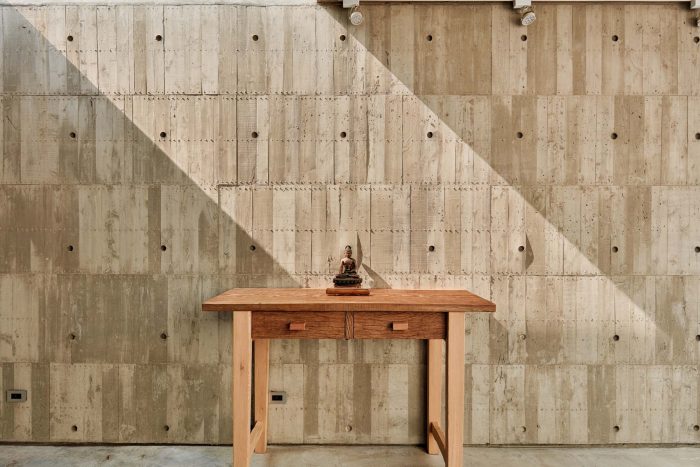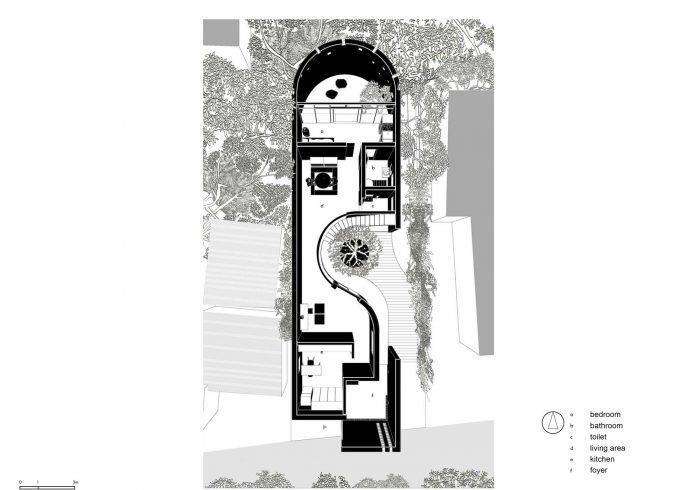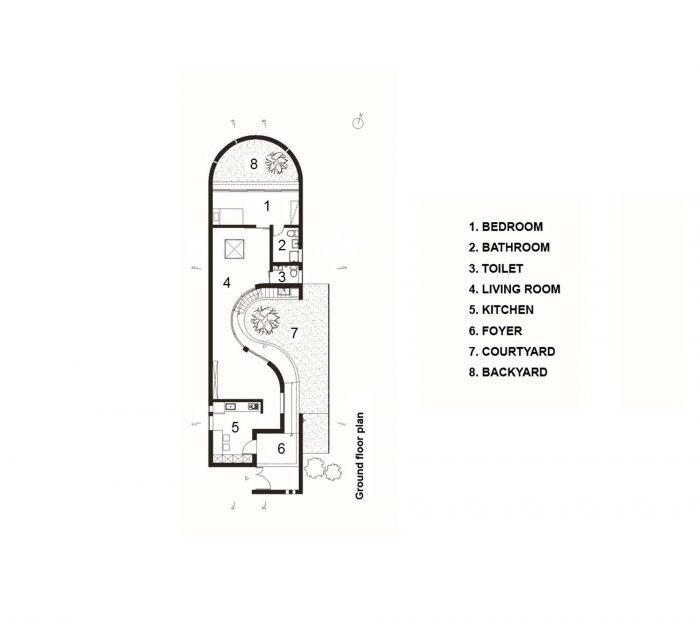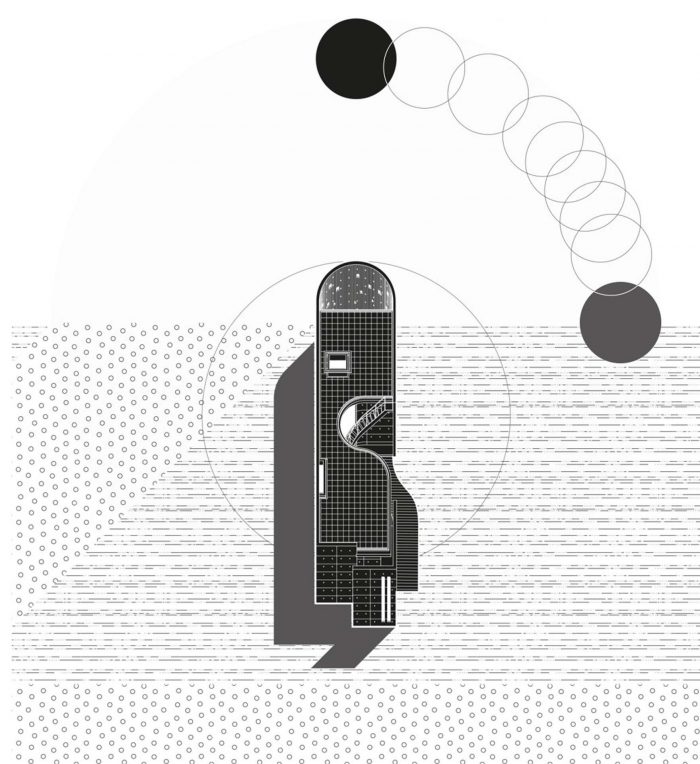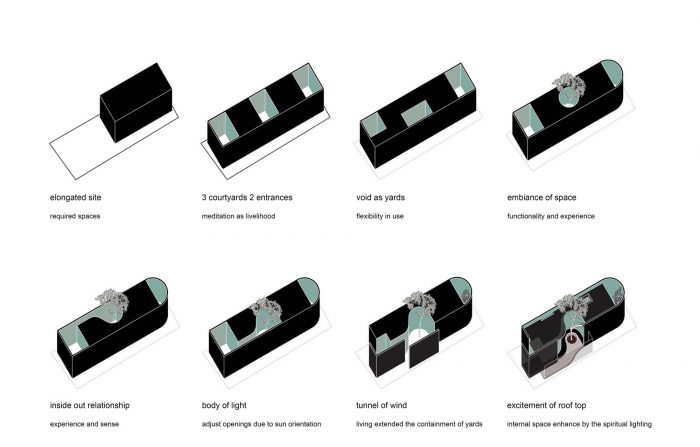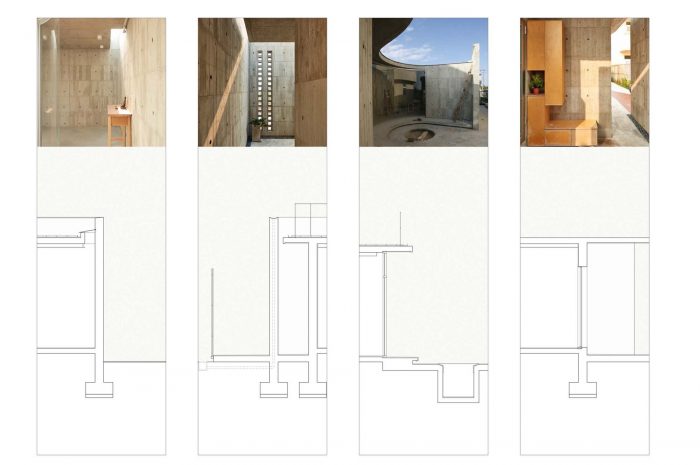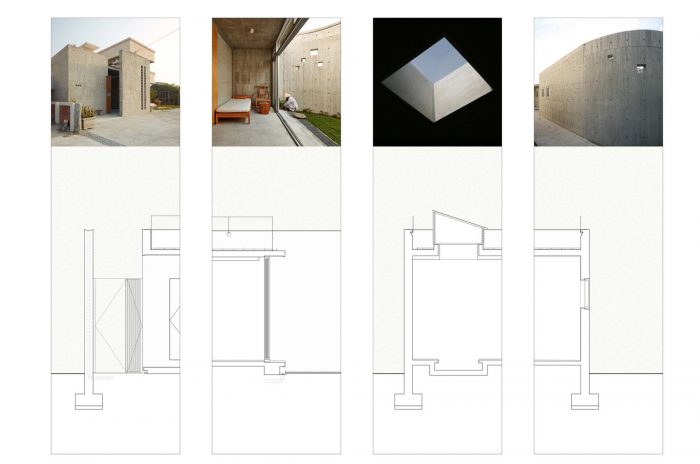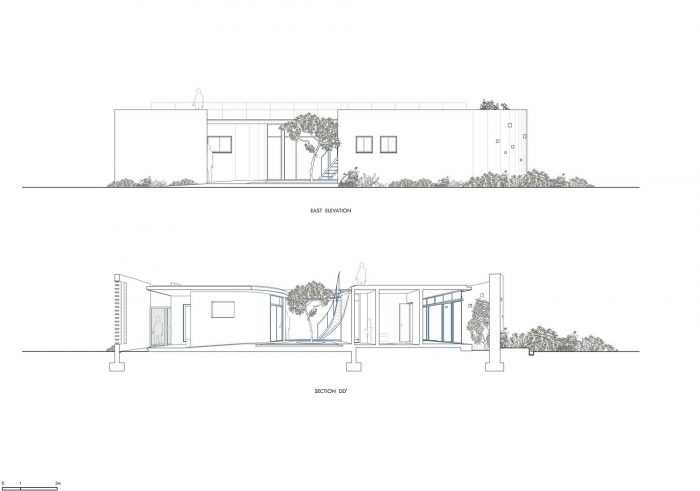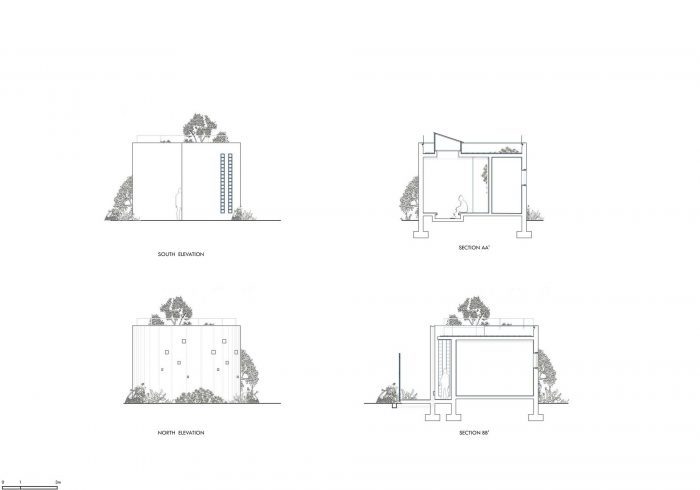什么是生计?什么是冥想?
19世纪初,西方建筑师停止了用装饰的方式来解释建筑,出现了 “形式服从功能 “的概念,以物质和空间的协调为特征来审视现代建筑。然而,这个概念是否明确地定义了空间的实用性?
What are livelihoods? What are meditations?
In the beginning of 19th century, western architects ceased the way of interpreting architecture in decorative ways and emerged the concept of “form follows function”, featuring materiality and space coordination to review modern architecture. However, does this concept distinctly define the practicability of a space?
与工业设计、平面设计和时装设计的机制不同,建筑的建造是对场地质地和独特时空背景的回应。建筑师根据他们的主观感受或知识进行设计,并在特定的客观条件下创造出不同的建筑表现形式。空间的功能性除了反映用户的需求外,也是设计师心情的投射。
Unlike the mechanism of industrial, graphic and fashion design, buildings are constructed with response to the site texture and unique space-time background. Architects design in accordance to their subjective perception or knowledge and create different building expressions under particular objective conditions. The functionality of space is a projection of the designer’s mood apart from the reflection of the user’s needs.
无谓元素的存在和实用因素的缺失成为空间建设讨论中的一个微妙问题。我们应该如何看待东方文化背景下的建筑的精神性?在讨论场地本质时,应该重视哪些场地背景的考虑?
基于对 “无效 “的初步思考,想象空间的不实用性往往是感知建筑师意图的最简单方式。
The existence of needless elements and lacking of pragmatic factors become a subtle matter in the discussions on space construction. How should we view the spirituality of architecture in the oriental cultural context? What are the considerations of site context that should be valued when discussing the site essence?
Based upon the initial thoughts of “ineffectiveness”, the impracticality of imaginary spaces are often the simplest way to sense an architect’s intents.
在空间组织上,台湾的传统住宅总是设计为三个房间和两个公共区域。然而,这个项目改变了典型的寺庙规划,提出了三个不同的庭院,创造了一个经典的空间序列的变异。光线的变化表明了冥想的空间和时间的流逝。裸露的混凝土被作为房屋的主要材料来使用。不同的模板创造了五种不同的表达方式,可以应用于不同功能的多个空间。
In spatial organization, traditional house in Taiwan are always designed with three room and two public area. However, the project transform the typical temple’s plan, proposing three different court yard which create a mutation of a classic spatial sequence. The changing of light indicate the space of meditation and the passage of time. Bare concrete is implemented as the main materials for the house. Different template create five expression variously, which can be applied in several space with different function.
IN / House 我们熟悉的房屋平面布局通常是 “三间卧室+两个客厅”;然而,IN / House项目采用 “三个院子+两个入口 “来排列生活和冥想区域的空间流动。三个院子”–门厅、院子和后院,从指定的场地偏移作为光的容器和风的过道;”两个入口”–为感官知觉体验而建的禅区入口。该项目旨在通过重新思考生活和冥想之间的关系来探索生活的经验。没有教练和电视,只剩下天与地、光与影、空间与时间、建筑秩序之间的对话。
IN / House A familiar housing floor plan layout often equips ‘three bedrooms + two living rooms’; however, the IN / House project implements ‘three yards + two entrances’ to array the spatial flow of living and meditation areas: ‘three yards’ – dooryard, courtyard and backyard which act as a light vessel and wind aisle from the designated site offset; ‘two entrances’ – entry towards Zen area built for sensory perceptual experiences. The project aims to explore the experience of living through rethink the relation between living and meditation. Without coach, and TV, only the dialogue between heaven and earth, light and shadow, space and time, the order of architecture remains.
有形的生活空间是否有可能升华为精神冥想的境界?什么是生计?什么是冥想?在INHouse中,空间的物质性恢复到其固有的质量,使人类的感官能够欣赏到空间的最简单的形式。也许,生计总是可以等同于冥想。
Are tangible living spaces likely to sublimate into spiritual meditation realm? What are livelihoods? What are meditations? The restoration of spatial materiality into its intrinsic quality in the INHouse allows human senses to appreciate the simplest form of a space. Perhaps, livelihood can always be equivalent to meditation.
Architects: Fieldevo Design Studio, linboyang architect
Area : 104 m²
Year : 2017
Lead Architect : LIN BO-YANG
City : Tainan
Country : China


